Living in a dry home doesn’t mean you have to give up on lush greenery. Some plants thrive in low-humidity environments, bringing life to your space without constant misting or extra care. Whether you love elegant foliage or sturdy succulents, these 20 indoor plants will adapt beautifully to drier conditions.

Contents
Snake Plant
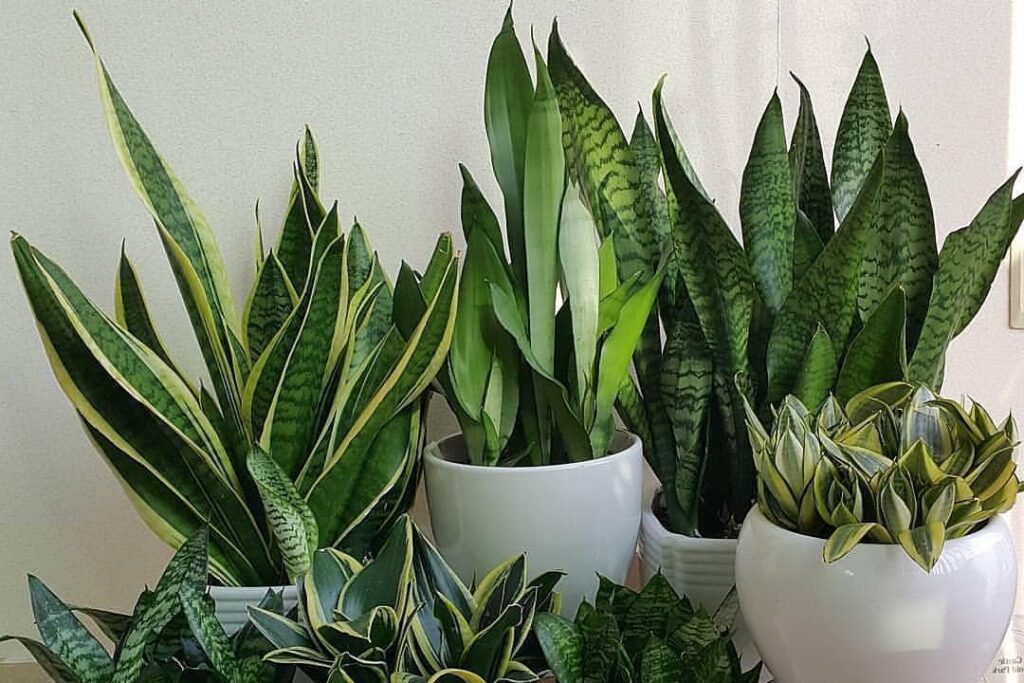
This hardy plant is nearly indestructible. Its thick, upright leaves store moisture, making it perfect for dry homes. It requires minimal watering and can tolerate neglect, making it an ideal option for beginners. Plus, its sleek, vertical growth adds a modern touch to any space.
ZZ Plant
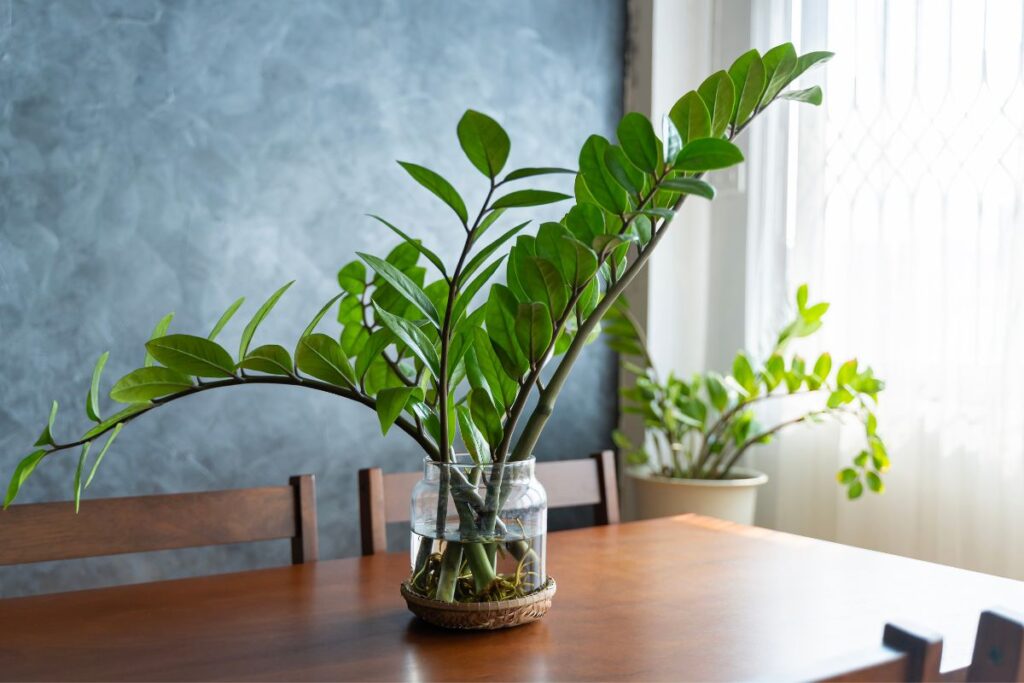
Shiny leaves and a tough nature make the ZZ plant perfect for low-humidity conditions. It thrives even in low light and irregular watering, maintaining its glossy green foliage with little effort. This plant is an excellent choice if you’re looking for an undemanding yet attractive addition to your indoor garden.
Pothos
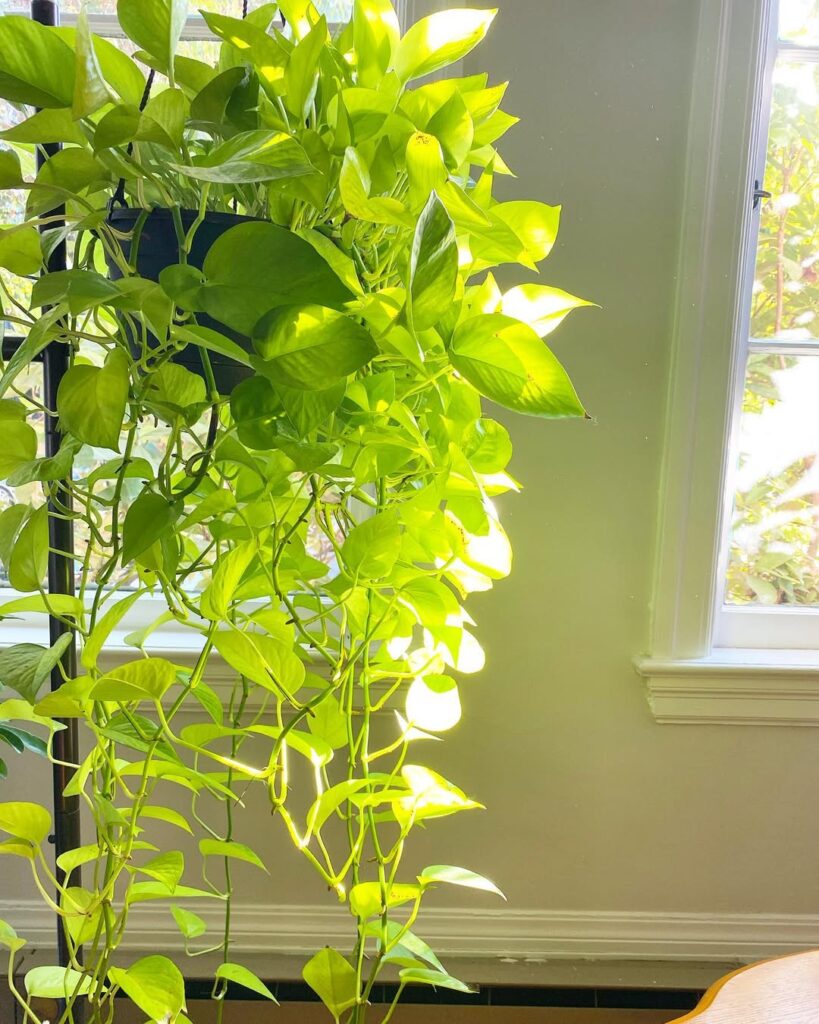
Known for its cascading vines, pothos can handle dry air and low humidity. It adds beauty while needing little attention, making it a staple in many households. Pothos can be grown in soil or water, adapting well to various indoor environments while providing vibrant greenery that brightens up your home.
Cast Iron Plant
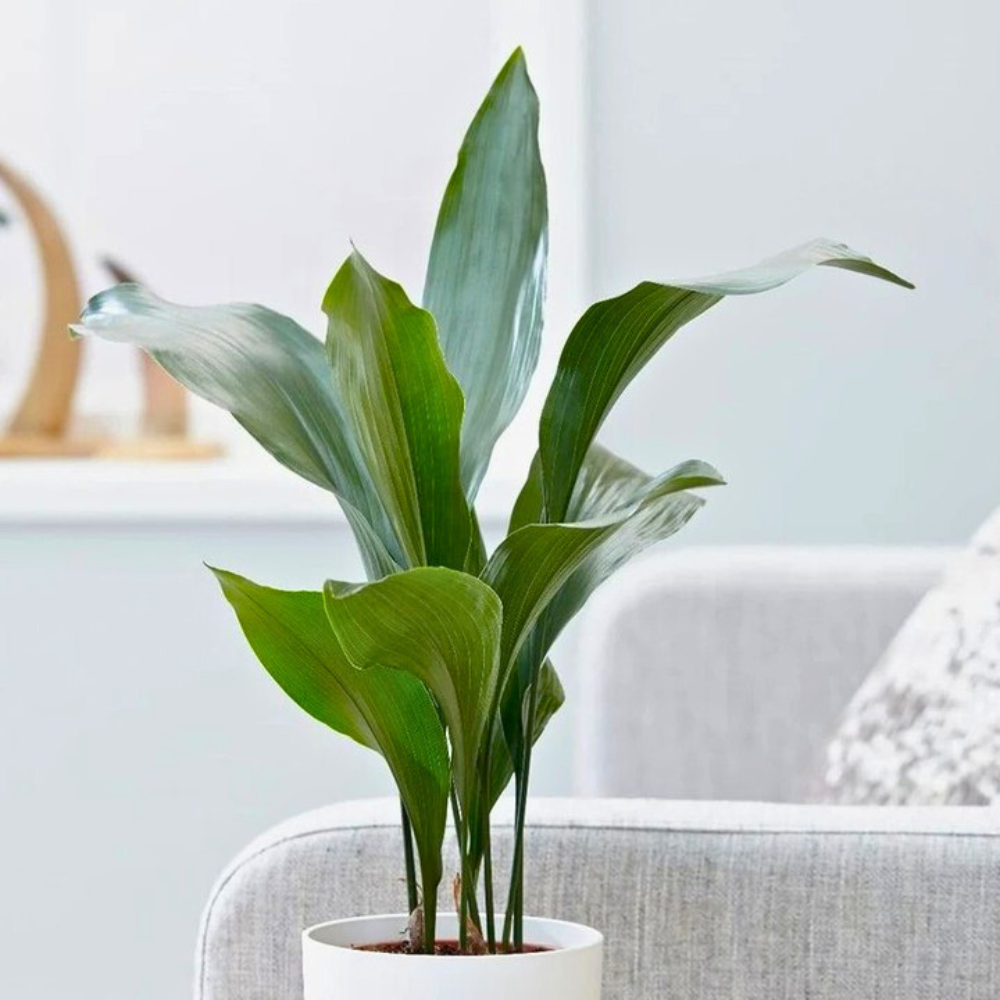
True to its name, this plant withstands tough conditions, including dry air and low light. The cast iron plant has deep green, lance-shaped leaves and can survive with little watering, making it a sturdy yet elegant choice for a dry home. It’s also highly resistant to pests, making care even easier.
Spider Plant
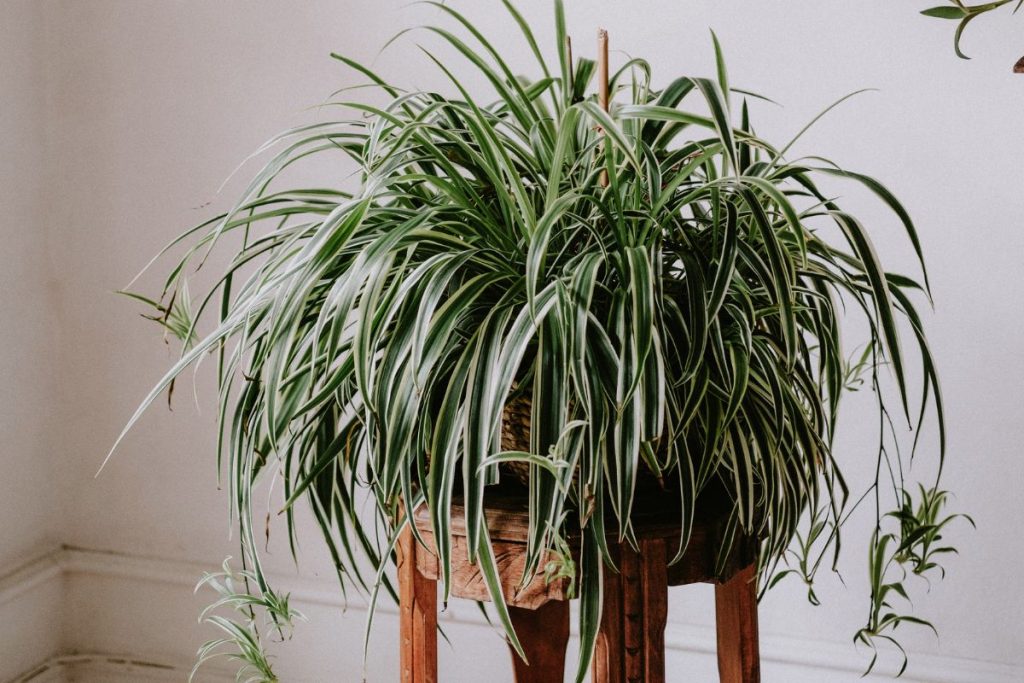
Resilient and adaptable, spider plants grow well in dry environments and purify the air. Their long, arching leaves add a lively touch to any room, and they produce baby plantlets that can be propagated easily. As an added benefit, spider plants are non-toxic to pets, making them a safe option for cat and dog owners.
Rubber Plant
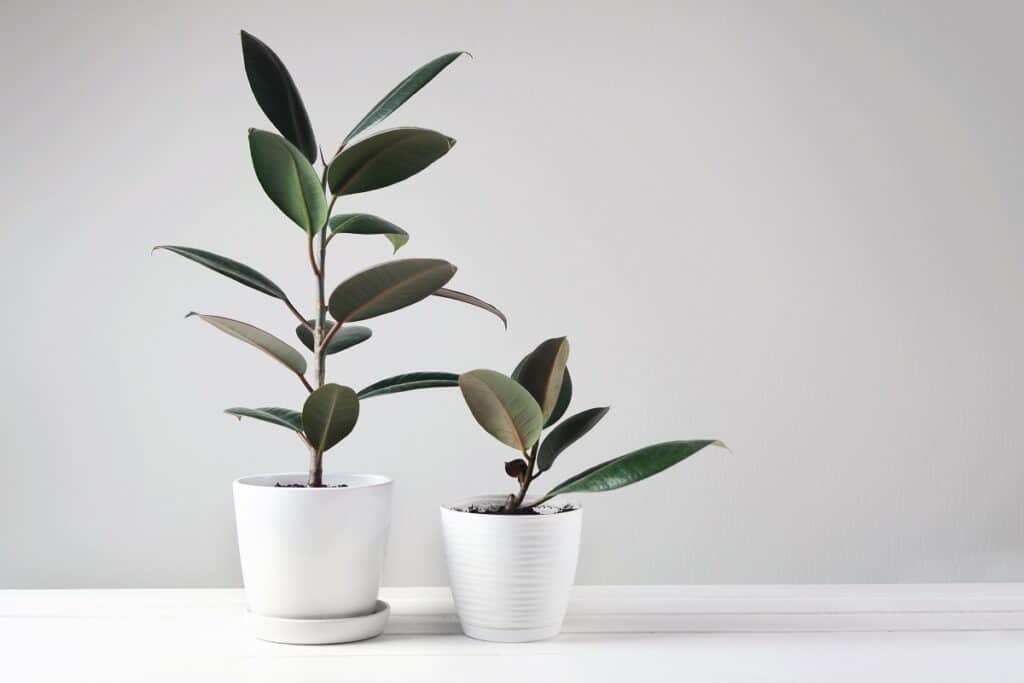
With thick, glossy leaves, rubber plants tolerate dryness well and add a tropical feel to any space. They require minimal watering, only needing a drink when the soil is completely dry. Rubber plants also help improve air quality, making them a functional yet stylish addition to your indoor collection.
Dracaena
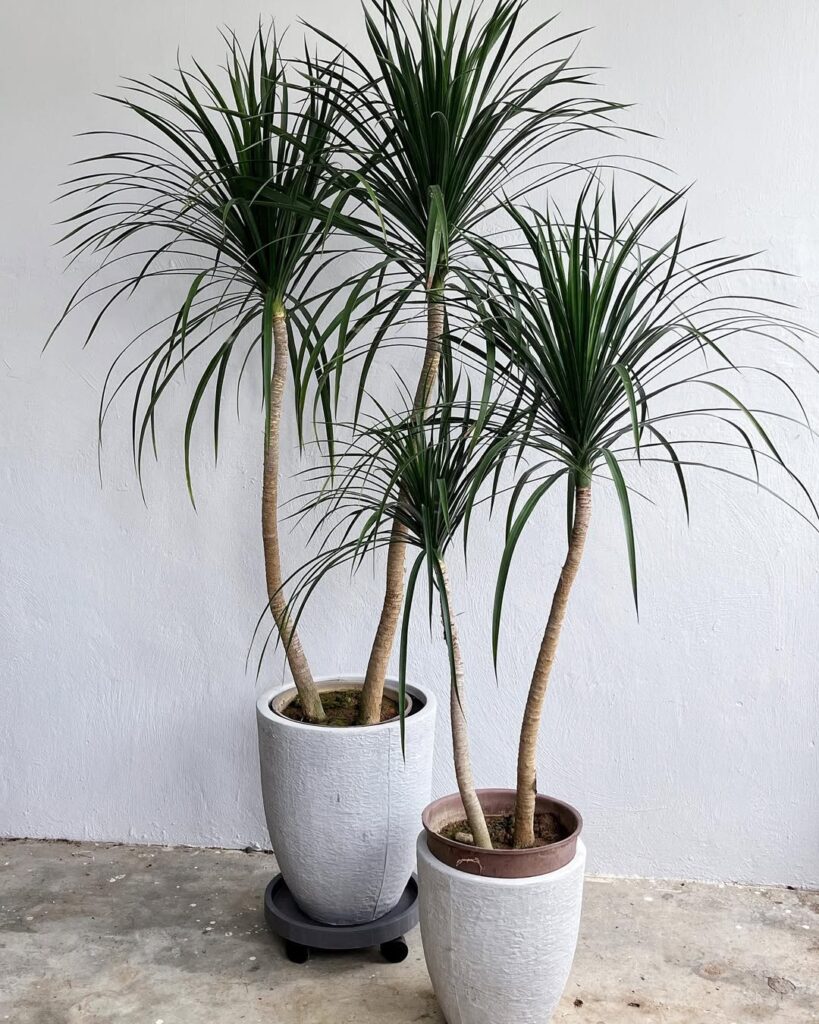
Various Dracaena species flourish indoors with low humidity, bringing elegant foliage and striking colors to your home. Their long, sword-like leaves come in various shades of green, yellow, and even red, offering visual appeal without demanding constant care.
Peace Lily
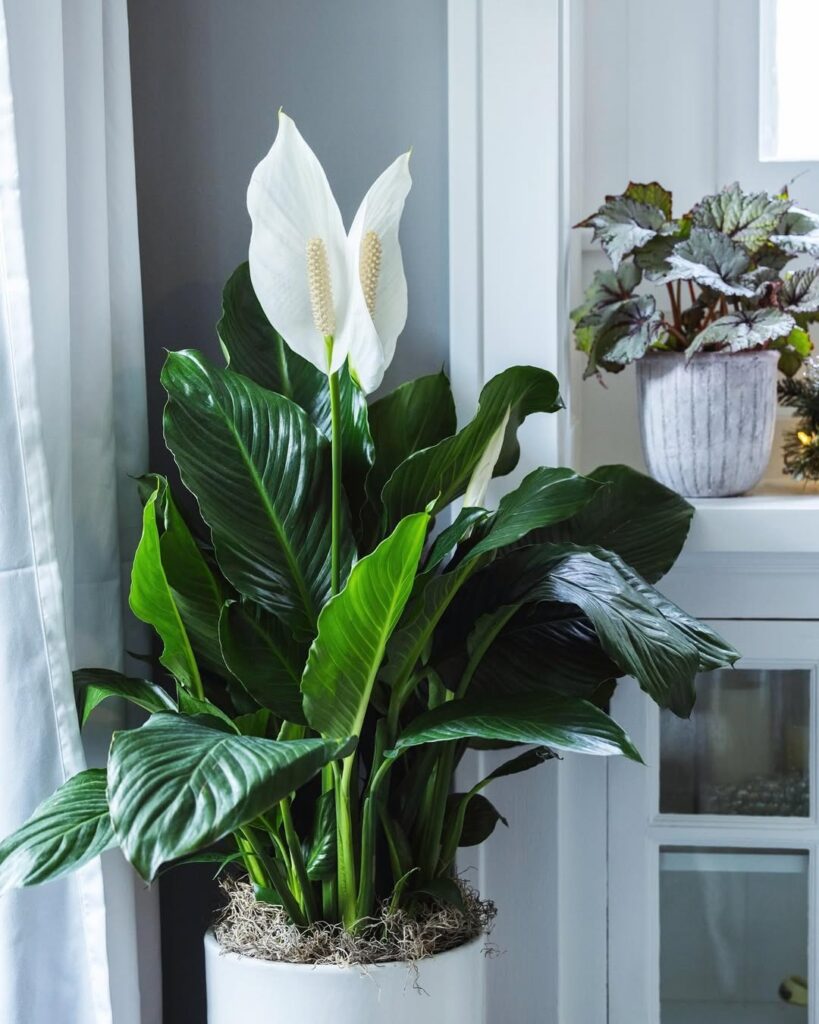
Though it enjoys moisture, peace lilies adapt well to dry air with occasional watering. Their elegant white blooms brighten up indoor spaces, and they’re excellent at filtering toxins from the air. If humidity levels drop too low, misting the leaves occasionally can help keep them looking fresh.
Parlor Palm
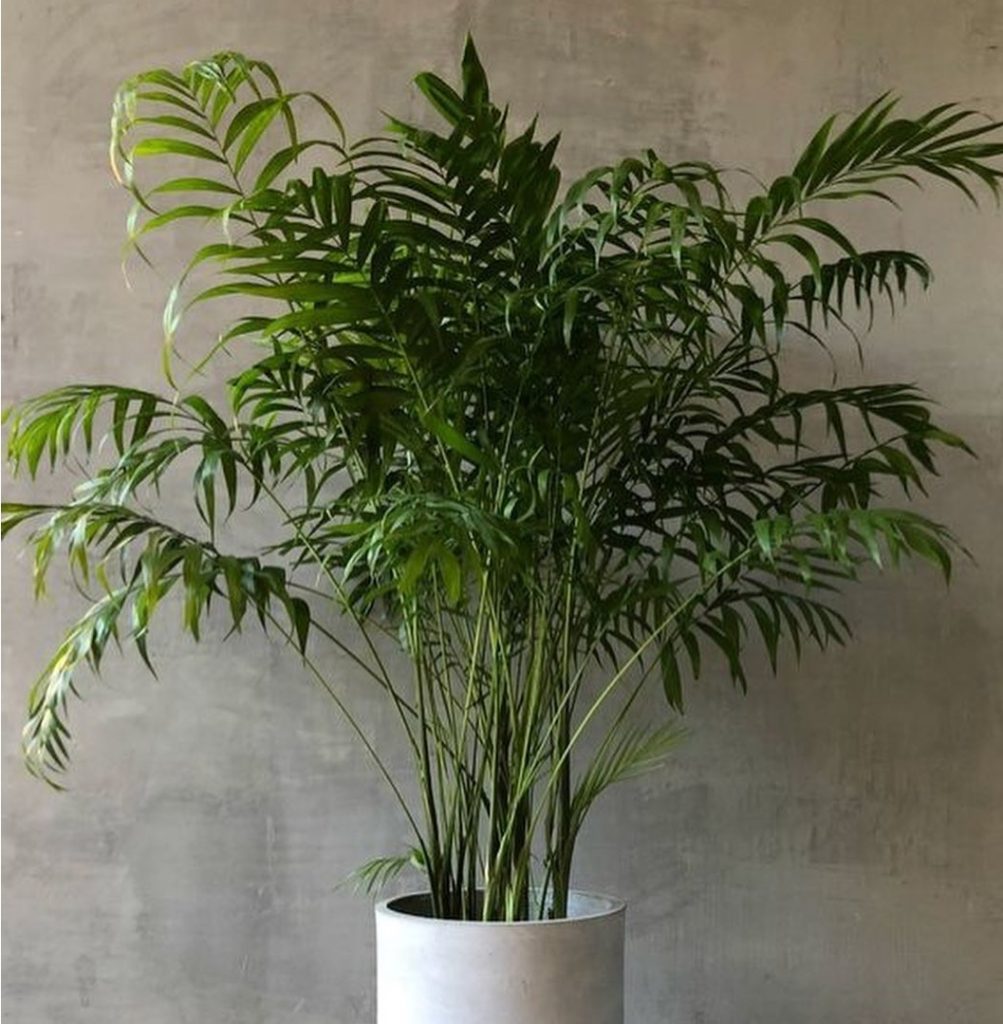
This low-maintenance palm thrives in drier homes, adding lush greenery without needing constant humidity. It’s slow-growing and doesn’t require frequent watering, making it a great plant for those who want an elegant yet easy-care tropical addition to their space.
Jade Plant

A classic succulent, jade stores water in its leaves, making it highly resistant to dry air. It requires bright, indirect light and occasional watering, making it a low-effort plant with a striking appearance. Its thick, glossy leaves give it a distinctive look that pairs well with various indoor decor styles.
Aloe Vera

Aloe thrives in low humidity and benefits from dry conditions, offering healing properties alongside its unique aesthetic. With fleshy leaves that store water, aloe is practically built for survival in dry environments and makes for a functional, medicinal plant that requires little maintenance.
Chinese Evergreen
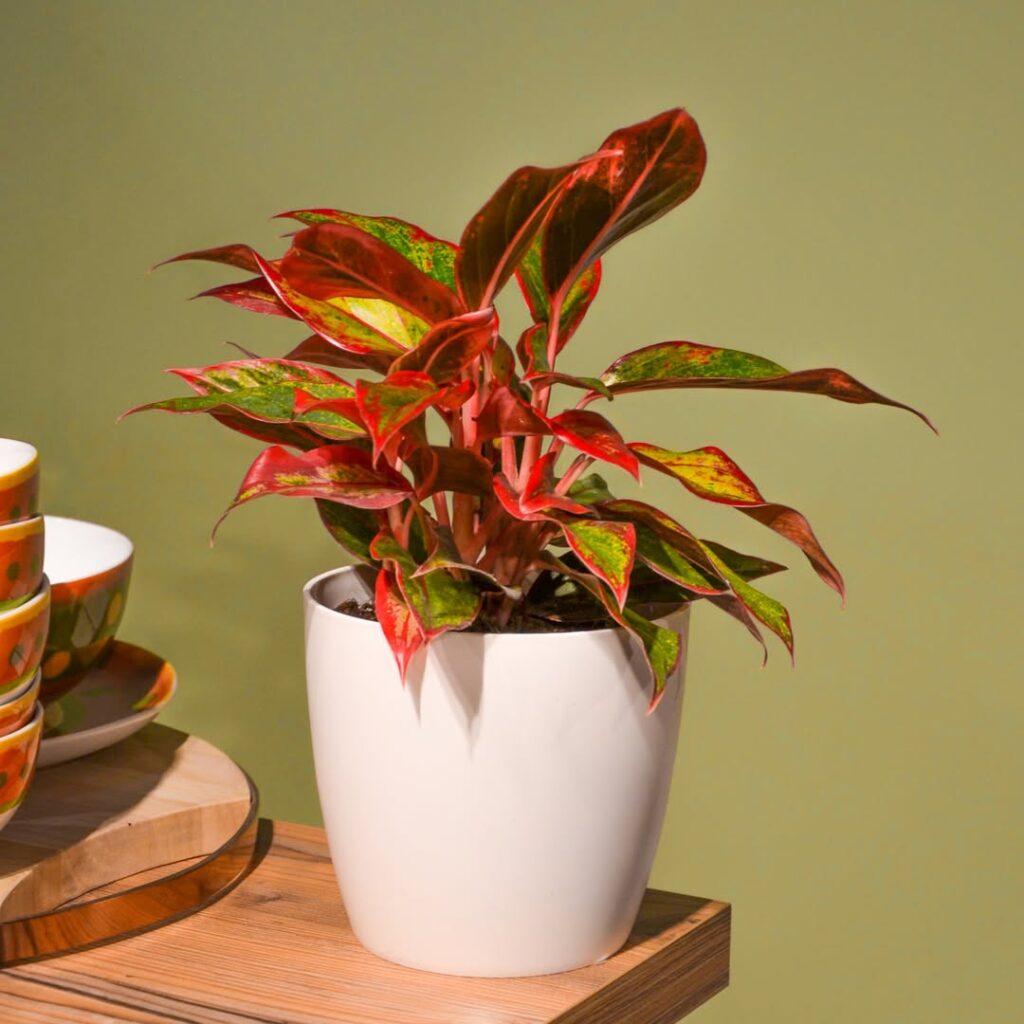
This attractive foliage plant adapts well to dry air and comes in stunning color variations. It tolerates low light and irregular watering, making it a perfect choice for busy plant owners who want something beautiful and resilient.
Dumb Cane (Dieffenbachia)
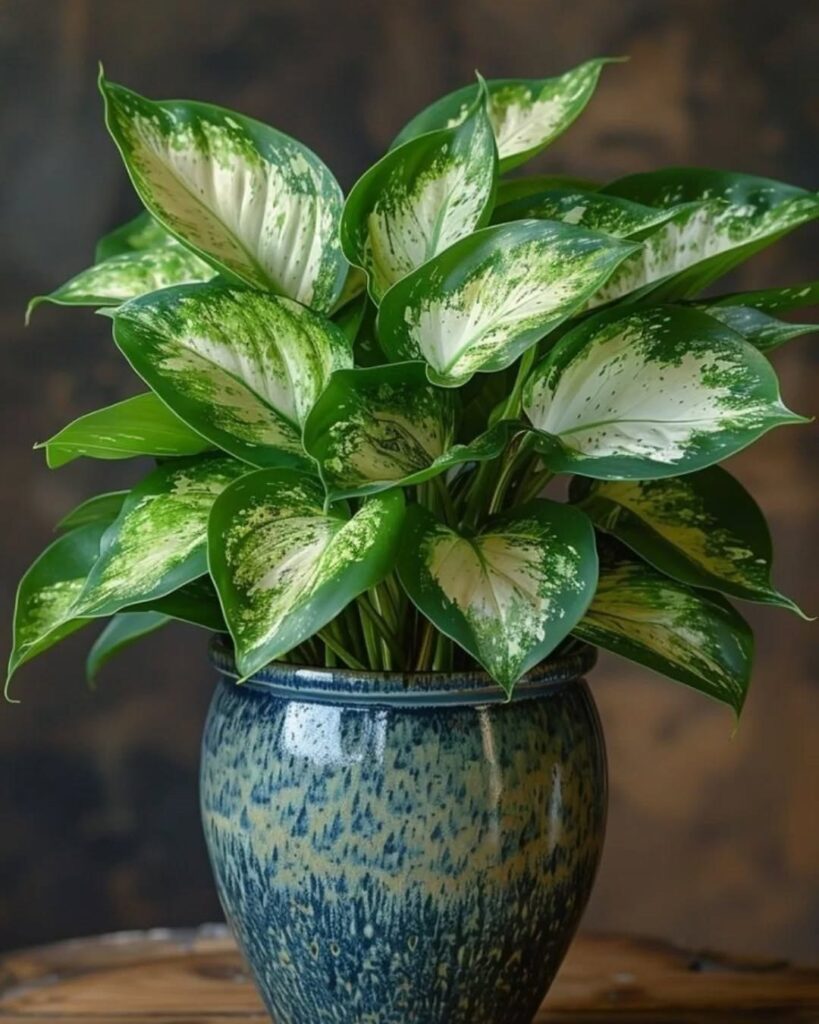
Dieffenbachia prefers some moisture but tolerates lower humidity levels, brightening indoor spaces with its large, variegated leaves. It thrives in indirect light and does best when watered occasionally, making it a rewarding plant for those who enjoy bold foliage.
Boston Fern
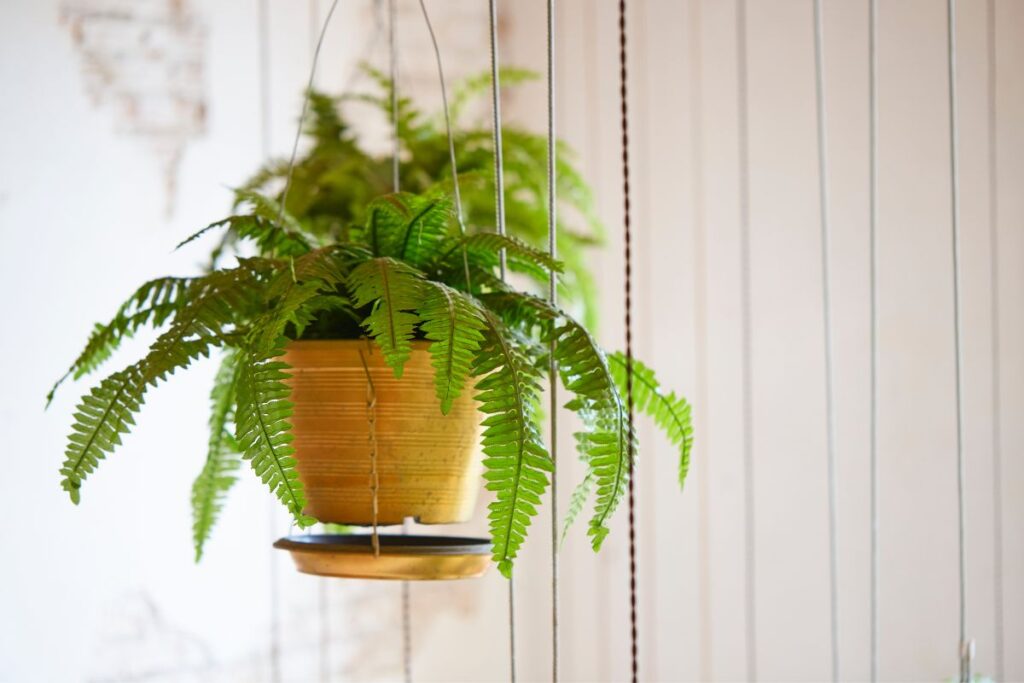
Though ferns generally love humidity, Boston ferns can survive in drier air with some misting. If their leaves turn brown, a humidifier or light misting can help revive them, making them a great option for plant lovers who want a feathery, delicate touch in their home.
Philodendron
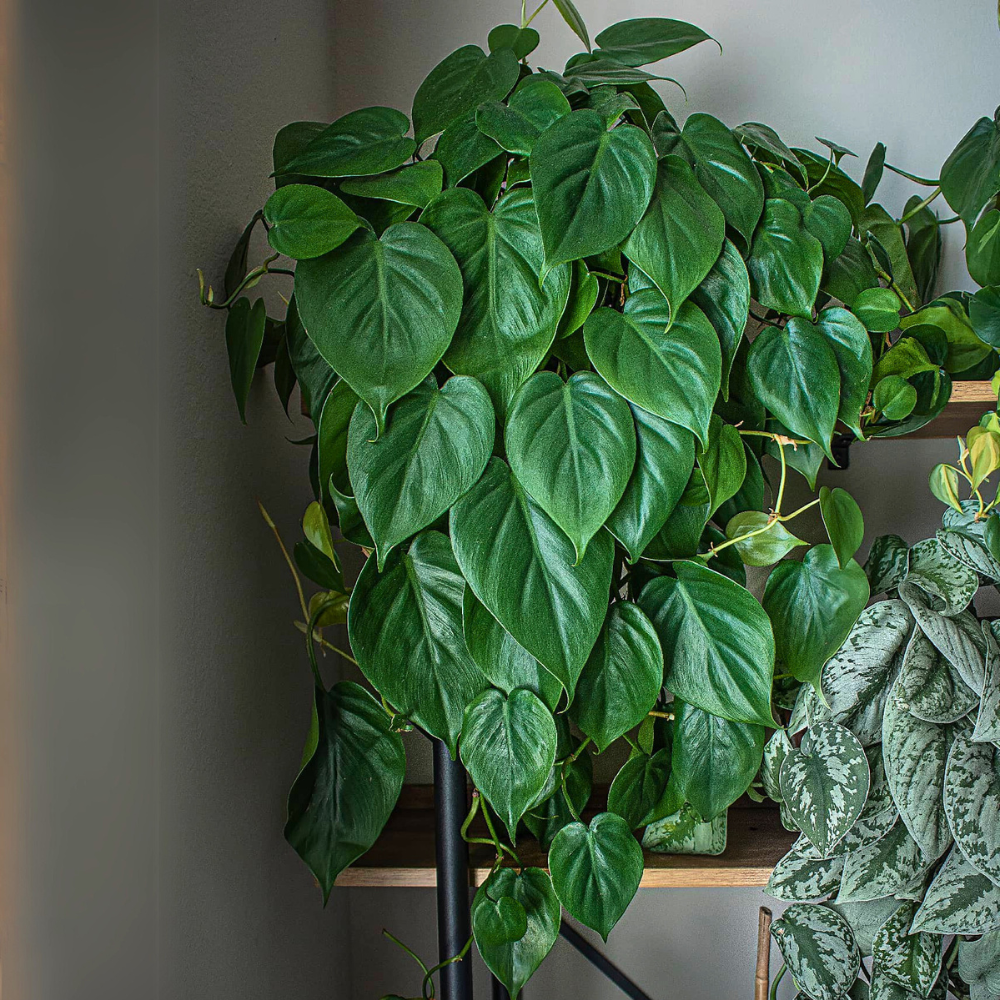
A favorite among plant lovers, philodendrons manage well in low humidity and offer striking leaves. They’re easy to grow, requiring only occasional watering and indirect light, making them a reliable choice for both novice and experienced gardeners.
Ponytail Palm
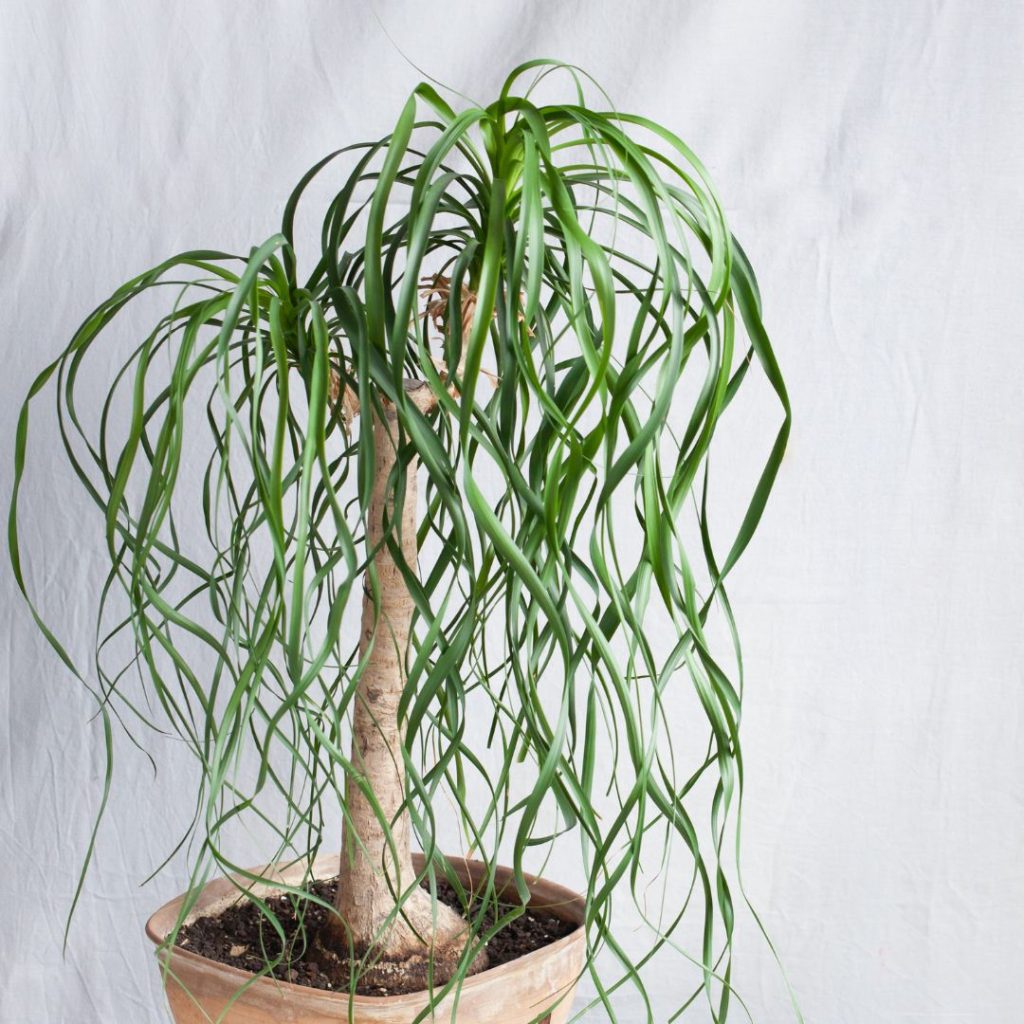
This unique plant stores water in its bulbous trunk, making it perfect for dry homes. With its long, cascading leaves, it adds a whimsical charm to any indoor space while needing minimal watering.
Hoya
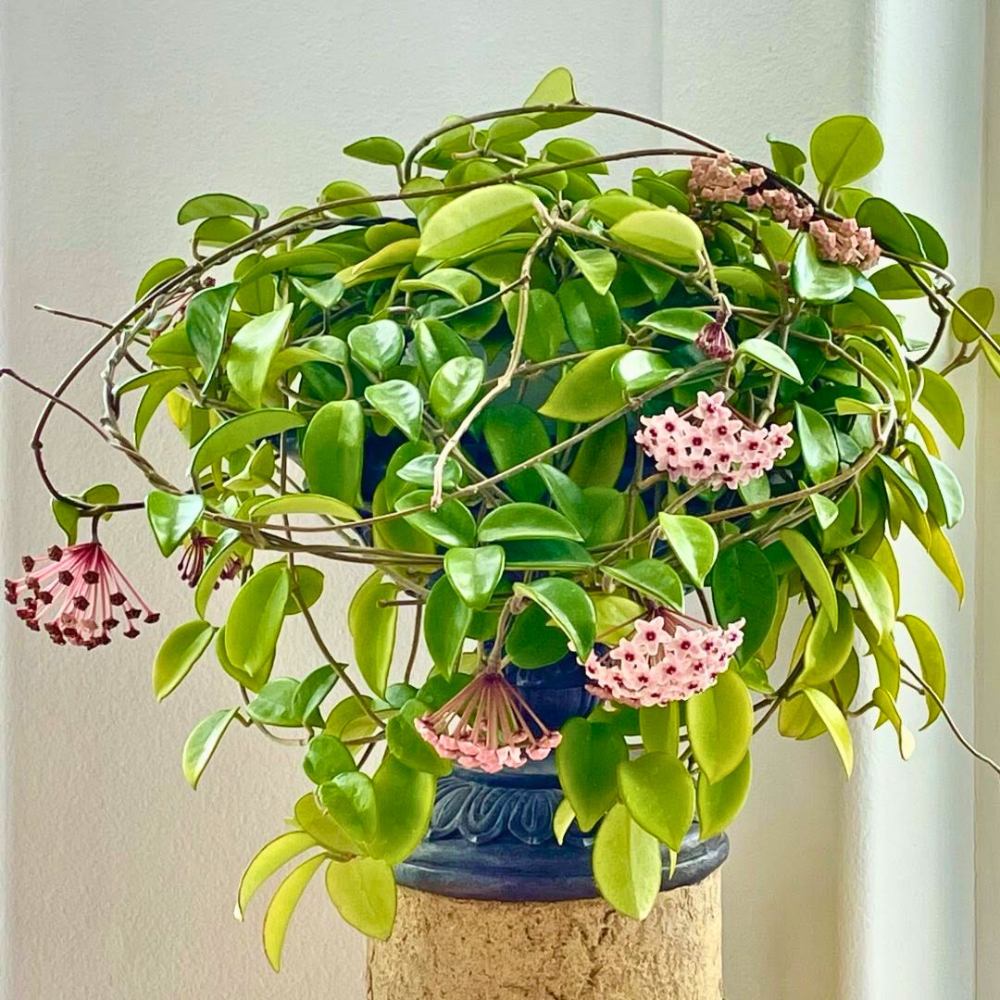
Also called the wax plant, hoya tolerates dry air and produces charming star-shaped flowers. Its thick, waxy leaves store moisture, making it an easy-care trailing plant that adds an exotic touch to your indoor collection.
Cactus
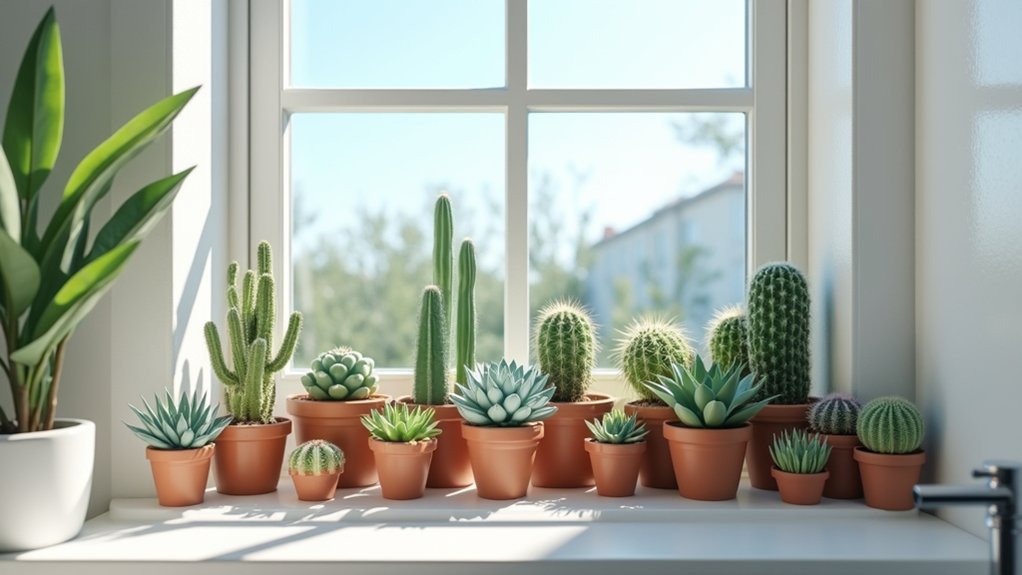
Cacti are built for dryness, thriving in indoor environments with minimal humidity. Their diverse shapes and sizes add visual intrigue to any home, making them a perfect decorative yet low-maintenance option.
Air Plants
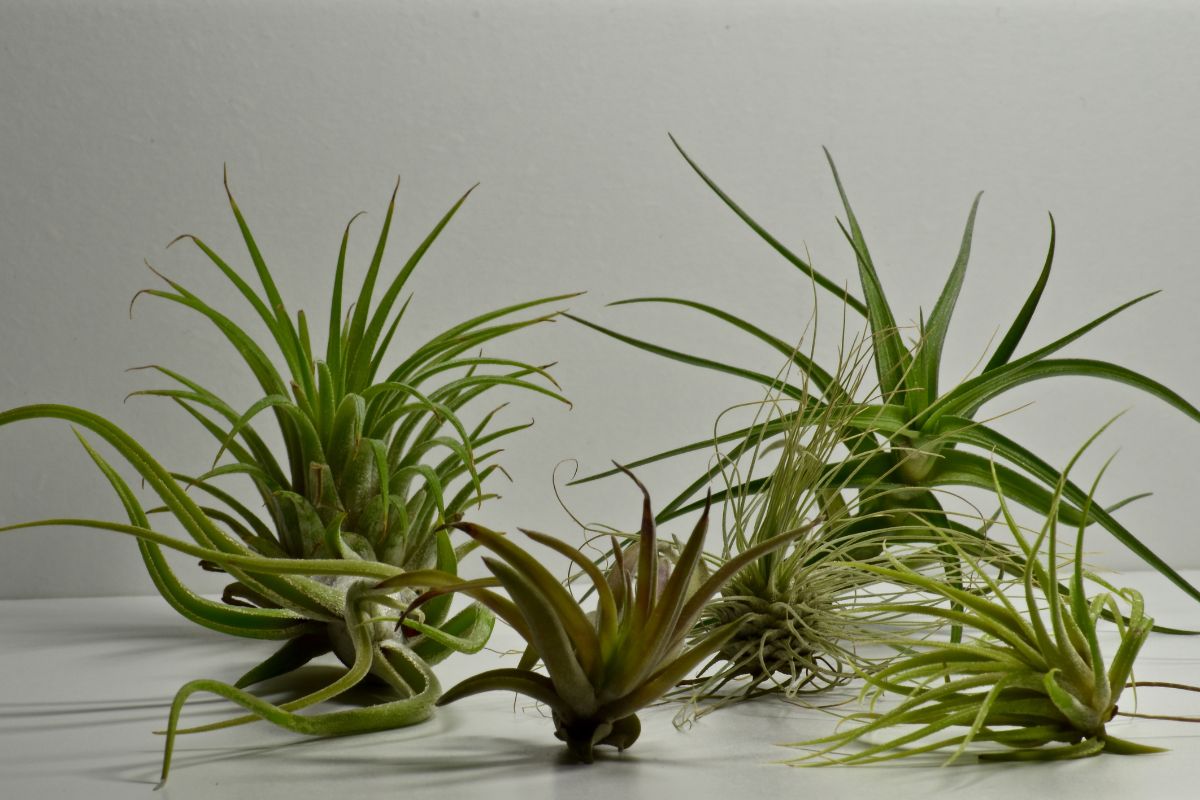
These epiphytic wonders absorb moisture from the air, making them adaptable to different humidity levels. They require occasional misting but don’t need soil, making them a fascinating addition to an indoor plant collection.
Christmas Cactus
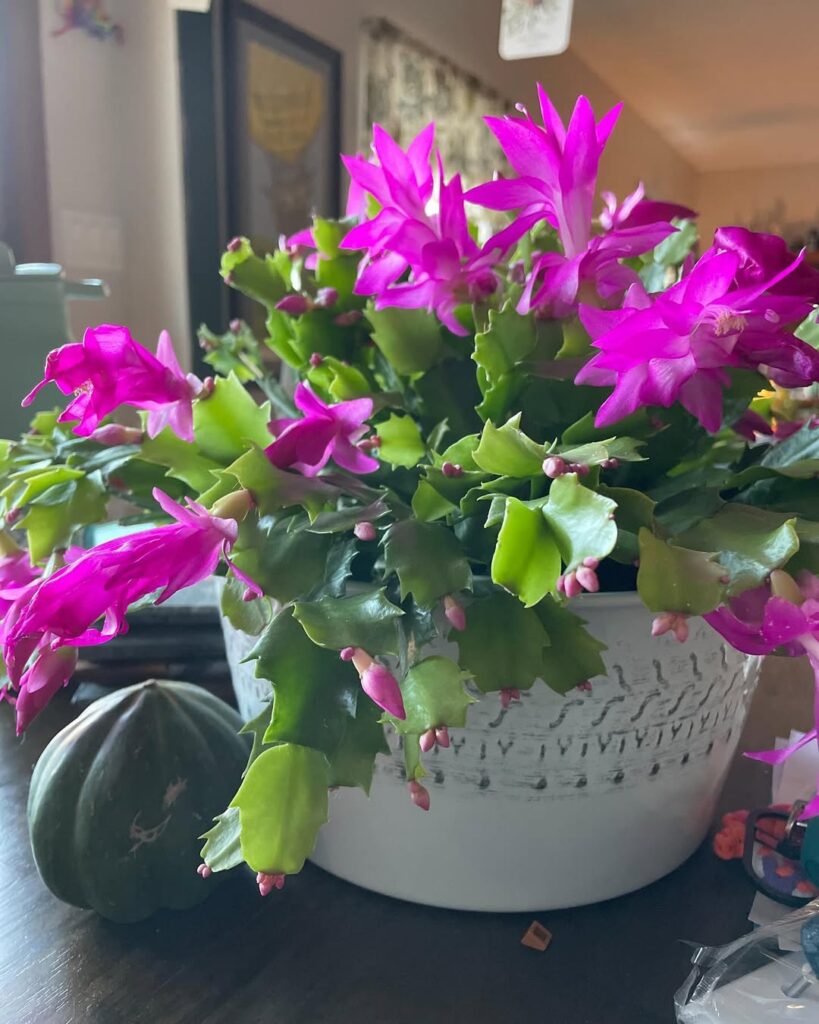
Unlike typical cacti, this variety enjoys slightly more moisture but still adapts well to drier air. Its stunning blooms add a festive touch to any space, making it a seasonal favorite among indoor gardeners.
With these 20 plants, your home can flourish, even in dry conditions. Choose the ones that fit your space and enjoy their beauty without worrying about humidity levels.
